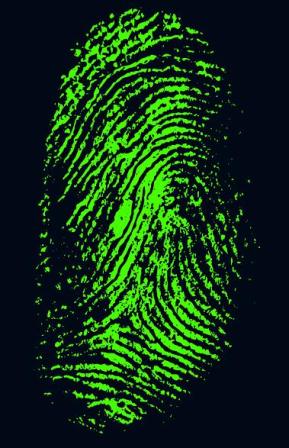Why Did God Give Us Fingerprints?
Genesis 27:21
“And Isaac said unto Jacob, Come near, I pray thee, that I may feel thee, my son, whether thou be my very son Esau or not.”
Criminals who have been linked to a crime through their fingerprints may not be happy that they were born with a unique pattern of “wrinkles” on their fingertips. But we can all be glad that God gave us fingerprints because they greatly improve our sense of touch.
Scientists in France performed a series of experiments with artificial fingertips made of rubber-like sensors. They then compared the sensitivity between these grooved artificial fingertips and a smooth skin-like material to see if the grooved fingertips made a difference in the sense of touch. What they discovered surprised them. The grooved fingertips produced vibrations up to 100 times stronger than the smooth materia l when sliding against a slightly rough surface.
l when sliding against a slightly rough surface.
The researchers concluded that these increased vibrations provide us with a greater ability to detect textures. When rubbing your fingers across a textured surface, your fingerprints amplify vibrations that stimulate the nerve endings in your skin. This then allows us to identify objects by touch.
Knowing that we need our sense of touch to work from every direction, our Creator designed our fingerprints to appear in elliptical swirls. This loop design ensures that some ridges are always brushing perpendicular to a surface, no matter the orientation of our fingertips.
Such research may help scientists design prosthetic hands with enhanced tactile feedback. Once again, when science copies designs found in living things, it is copying the designs put in living things by their Creator, whether they recognize that fact or not!
Prayer:
Lord Jesus, thank You for all of my senses, including the sense of touch. Amen.
Notes:
L. Zyga, “Why Do We Have Fingerprints?”, PhysOrg, 4/4/09. http://phys.org/news158088270.html. “The Role of Fingerprints in the Coding of Tactile Information Probed with a Biomimetic Sensor.” J. Scheibert, S. Leurent, A. Prevost, and G. Debregeas (13 March 2009) Science 323 (5920), 1503. DOI: 10.1126/science.1166467.